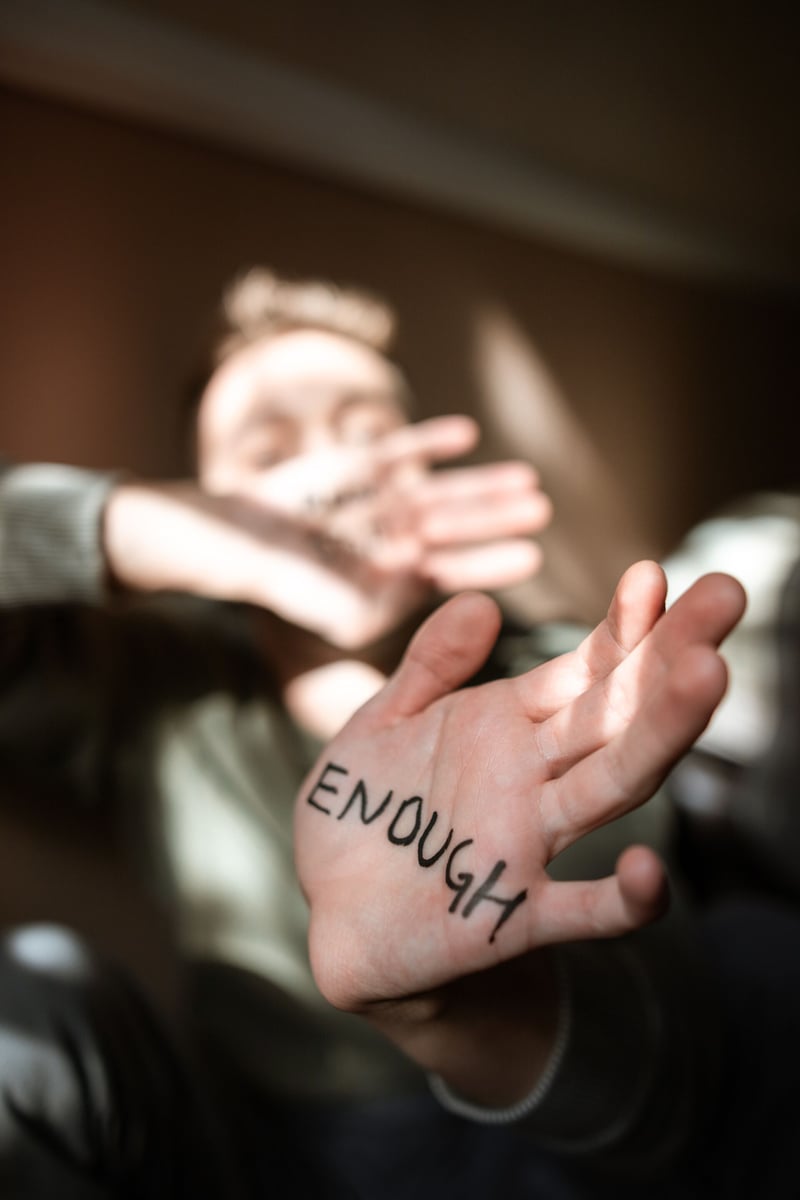Violence has increased by 60% - 16 Days of Activism against Gender-Based Violence
Written by: Linda Christensen Save to Instapaper
South Africa spends less than 10% of the R157bn allocated to the criminal justice system on violence prevention, but greater investment in breaking the cycle of violence would reduce the economic impact of gender-based violence and free up more resources for education and economic development to build a more equitable and inclusive society.
As South Africa enters into the annual 16 Days of Activism against Gender-Based Violence [25 November-10 December], University of Stellenbosch Business School (USB) senior lecturer in managerial economics and statistics Dr Nthabiseng Moleko said that the question was not whether the country had sufficient resources to deal with violence against women and children, but whether those resources were being sufficiently directed at “deprogramming South Africans from violence”.
Crime statistics for the first quarter of 2021 (April-June) released by the SA Police Service in August showed that the contact crimes which tend to reflect gender-based violence – murder, attempted murder, sexual offences, including rape, and all categories of assault – had increased by more than 60% compared to the same period in 2020.
Gender-based violence comes at a cost to the economy, with a 2014 study estimating the annual costs at R28bn to R42bn, between 0.9% and 1.3% of GDP at the time, affecting not only victims but perpetrators too, as well as government, business and civil society. The costs of GBV noted in the study include medical care, counselling, disability, legal costs, losses in earnings, business revenue and taxes, costs of government services and support services by non-government organisations.
“Violence against women and children has a price tag. The R157-billion allocated in 2020 to policing, social services for victims of crime, justice and correctional services is a massive opportunity cost. Those resources could be directed towards nation-building initiatives such as education, development of small businesses and entrepreneurs, empowerment and economic development.
“South Africa is a very angry society. Unless there is healing in the nation, the behaviour of violence is repeated and becomes inter-generational. The cycle of abuse must be broken from the side of perpetrators – healing the perpetrators will mean we have fewer victims,” she said.
Dr Moleko said that focus should shift from dealing with the after-effects of gender-based violence (GBV) through the criminal justice system to prevention of violence, while also driving for greater efficiencies in investigations and prosecutions.
She highlighted as particular concerns the shortages of evidence-collection kits and lengthy backlogs in SAPS’ processing of DNA and forensic evidence which delays finalizing of investigations and court cases, and a need for closer monitoring of court processes to ensure overburdened senior prosecutors are better resourced.
“We have a national strategic plan with 24 interventions, but we need to prioritise and allocate resources more effectively so that we can achieve continuous improvement on the most harmful issues and improve the effectiveness of the various role players,” she said.
Dr Moleko said a key component of preventing violence was addressing misuse of alcohol through better policing of liquor regulations and illegal sales, and not allowing liquor outlets close to schools.
“We have to address childhood abuse and trauma in our society. Various studies have shown that more than 50% of men who admit to using violence against women were themselves abused and predisposed to experiencing trauma. We need greater awareness and attention on dealing with mental health issues affecting men, as perpetrators of GBV have issues such as depression, childhood trauma, post-traumatic stress disorder and alcohol abuse.”
She said that the long-term costs to the economy and society of GBV could be reduced through more focused prevention efforts, with twin benefits of a healthier society and redirection of state resources to further improving the country through education and economic development.
ENDS.
REFERENCES
SA government spending on violence prevention estimated at R9bn by the Department of Planning, Monitoring and Evaluation (DPME), referenced in:
Gould C, et al. Reducing Violence in South Africa: From Policing to Prevention. Institute for Security Studies (ISS), Policy Brief. 2017. https://issafrica.org/research/policy-brief/reducing-violence-in-south-africa-from-policing-to-prevention
[ii] National Treasury, 2020 Budget Review
https://www.gov.za/speeches/speaking-notes-delivered-police-minister-general bheki-cele-mp-occasion-release-quarter
KPMG. 2014. Too costly to ignore - Violence against women in South Africa. https://home.kpmg/za/en/home/insights/2014/09/too-costly-to-ignore.html
National Strategic Plan to Combat Gender-based Violence and Femicide. 2020. https://www.gov.za/documents/national-strategic-plan-gender-based-violence-and-femicide-11-mar-2020-0000
Latest from
- To Arrest a Student Is to Arrest the Future
- The Crumbling Foundations of South Africa’s Steel Industry - A Wake-Up Call for Reform
- Upscale Christmas Lunch with a Local Twist
- Leveraging Artificial Intelligence to Leapfrog African Industrialisation
- Unseen Struggles Chronic Illness and Disability in the Workplace
- SUNDAZE SUMMER EVENTS AT DURBANVILLE HILLS
- Stigma - The Leading Cause of Untreated Mental Health
- Workplace Support Critical After Breast Cancer Diagnosis
- Make Your Home Feel Like a Top Hotel with These Spring Cleaning Tips
- Cataracts Leading Cause of Preventable Blindness
- Work Can Be Both Good and Bad for Mental Health
- Breast Cancer on the Rise in Younger South African Women
- How to give longevity to your leftovers
- Five reasons why “moral regeneration” failed in South Africa
- Durbanville Hills Official Wine Partner To Masterchef South Africa
The Pulse Latest Articles
- This Father’s Day, Raise A Pura To The Dads Who Keep It Real (June 13, 2025)
- Winter Hydration Just Got A Glow Up (June 10, 2025)
- Work From Anywhere: Emails, Elephants & Espresso: The New Office Life (June 10, 2025)
- Xlink Crowned Technology Company Of The Year At The Africa Tech Week Awards 2025 (June 5, 2025)
- Celebrate International Day Of Play With The Weirdest (and Most Wonderful) Toys Of 2025 (June 4, 2025)
